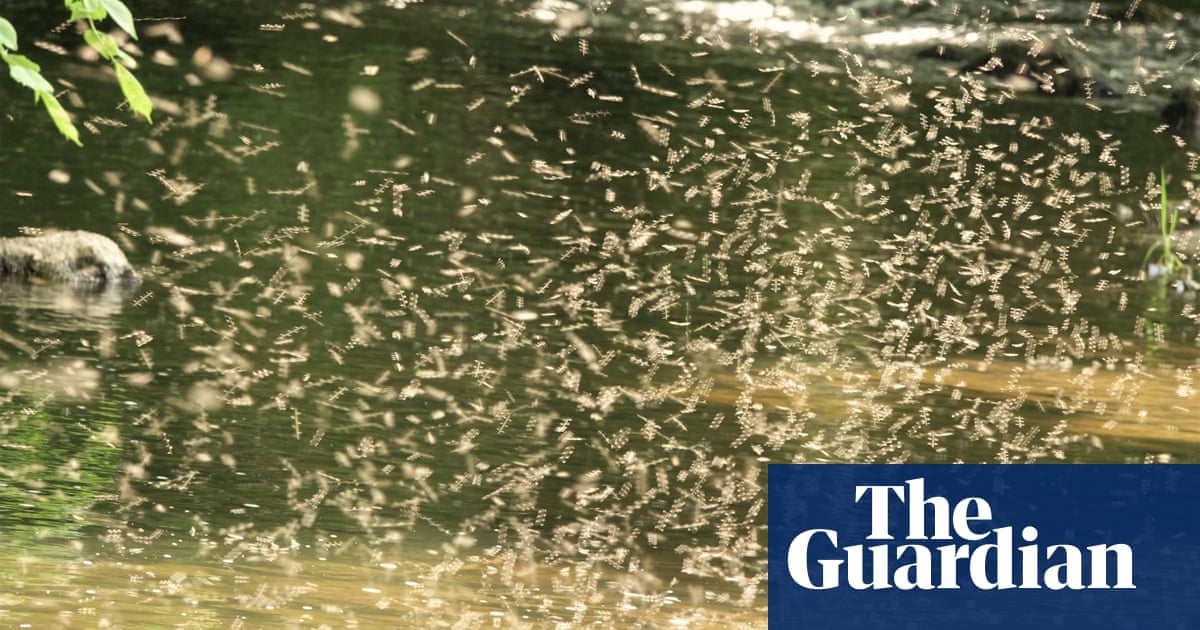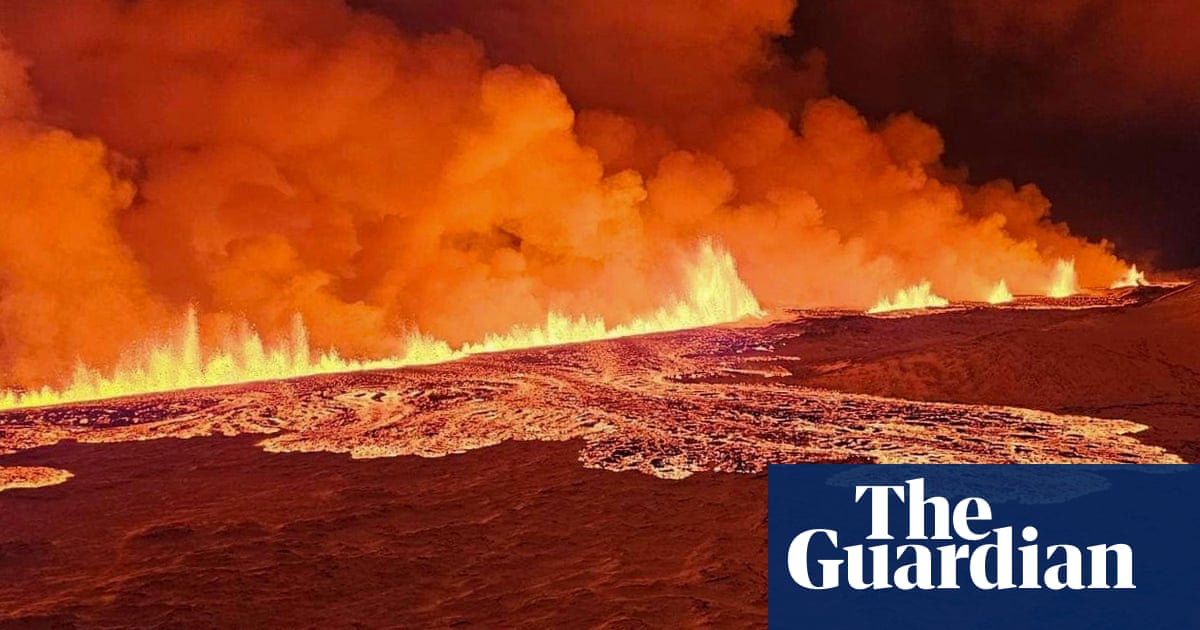
An Italian archaeologist has compared the impact of the AD79 eruption of Mount Vesuvius on Herculaneum – the ancient Roman beach town close to Pompeii – to the dropping of an atomic bomb on the Japanese city of Hiroshima during the second world war.
Such was the heat of the pyroclastic surge produced by Vesuvius – believed to have been between 400C and 500C – that the brains and blood of the Herculaneum’s victims instantly boiled.
“The remains of victims here have been found in a similar condition to those of Hiroshima,” said Domenico Camardo, an archaeologist at the Herculaneum conservation project. “You really get a sense of the horror and tragedy.”
Camardo was speaking as the partially mutilated remains of a Vesuvius victim, found on what would have been the beach of the ancient town in October, were shown to the press on Wednesday.
Archaeologists believe the man, thought to have been aged between 40 and 45, was killed only steps away from the sea as he tried to flee the eruption.
The man appeared to have been clutching what experts said was a small leather bag containing a wooden box, from which a ring, perhaps iron or bronze, is protruding.
“He was possibly escaping with his treasures,” said Nunzia Laino, a conservator who will be among the team analysing the remains once they are moved to a laboratory. “The objects found with the human remains are of a particular complexity. There are also fabric scraps, so they will have to be carefully extracted before studies can be done.”
The victim’s bones were also a reddish colour, which Francesco Sirano, director of Herculaneum archaeological park, said was the mark of the stains left by the man’s blood.
The discovery was made during the first archaeological dig at Herculaneum, a much smaller and less well-known site than neighbouring Pompeii, in almost three decades.
Excavations in the 1980s and 90s unearthed the well-preserved skeletons of more than 300 victims piled up in boat sheds, where they are believed to have been sheltering while they waited to be rescued by sea.
The remains of a soldier, who was believed to have been among the army of Pliny the Elder, the Roman naval commander who attempted to save the inhabitants of Pompeii and Herculaneum, were found in the 1980s, close to the most recent discovery.
Camardo said the eruption of Vesuvius hit Herculaneum in a different way to Pompeii.
“This is the crucial difference between the two,” he added. “Pompeii was destroyed by a rain of ash and lapillus, which buried it by three or four metres. Instead, Herculaneum was first destroyed by the pyroclastic cloud of a temperature of over 400 degrees. It burned trees, inhabitants and other forms of life.”
The city was subsequently hit “by six waves of volcanic mud that arrived like a flood and froze it under almost 20 metres of material”, Camardo added. “But this flood of mud, which then hardened, allowed the conservation of all the organic relics, as oxygen was not able to filter through … so today we find things like items of food, which haven’t been found in Pompeii.”
Herculaneum, which was rediscovered during the digging of a well in the early 18th century, is said to have been wealthier than Pompeii, and lavish villas decorated with frescoes and mosaic floors – including the House of the Bicentenary, which was found in 1938 – have been excavated.
Excavations have been particularly challenging as the site lies beneath the modern town of the same name. Other discoveries have included organic matter of fruit and bread as well as wooden furniture and ancient scrolls that were carbonised by the heat and ash.
Items of wooden furniture from homes and shops, as well as an inscription that belonged to a temple dedicated to the goddess of Venus, have also been discovered during the latest beach excavations.
Sirano expects to find the remains of further victims as excavations continue. Part of the beach area being excavated is expected to be opened to the public in 2024.












